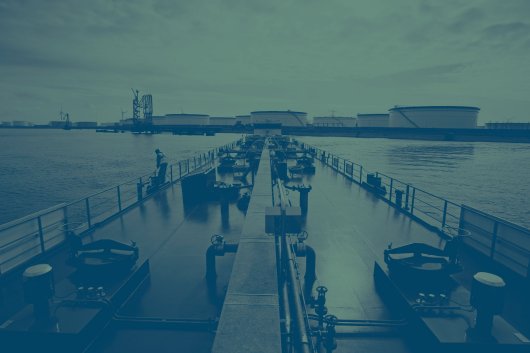Project to cut fuel consumption by up to 10%
Joint initiative aims to merge existing technologies to reduce fuel consumption and emissions.
MAN Diesel & Turbo has revealed that it recently signed a cooperation agreement with Swedish energy and environmental technology company Opcon to exploit the possibilities arising from the merging of Opcon's ‘Powerbox' WHR technology with MAN Diesel & Turbo's diesel engines in order to cut fuel consumption and reducing emissions.
The companies will examine how best to exploit the possibilities offered by re-using waste-heat energy from low-temperature heat sources utilising the Opcon Powerbox technology.
The first reference - a marine installation that utilises waste heat for electricity production - is currently underway with the Opcon Powerbox integrated with a two-stroke MAN B&W 8S60ME-C8 engine aboard a newbuilding owned by Wallenius, the Swedish shipping group.
The Opcon Powerbox can be integrated with smaller engines in contrast with existing WHR units that are targeted at higher-temperature applications and larger engines.
It is said to directly influence the performance of ships by reducing the amount of fossil fuels they consume during operation by 5-10 percent. As a result, MAN Diesel says the technology also cuts carbon, NOx and sulphur emissions.
The companies will examine how best to exploit the possibilities offered by re-using waste-heat energy from low-temperature heat sources utilising the Opcon Powerbox technology.
The first reference - a marine installation that utilises waste heat for electricity production - is currently underway with the Opcon Powerbox integrated with a two-stroke MAN B&W 8S60ME-C8 engine aboard a newbuilding owned by Wallenius, the Swedish shipping group.
The Opcon Powerbox can be integrated with smaller engines in contrast with existing WHR units that are targeted at higher-temperature applications and larger engines.
It is said to directly influence the performance of ships by reducing the amount of fossil fuels they consume during operation by 5-10 percent. As a result, MAN Diesel says the technology also cuts carbon, NOx and sulphur emissions.
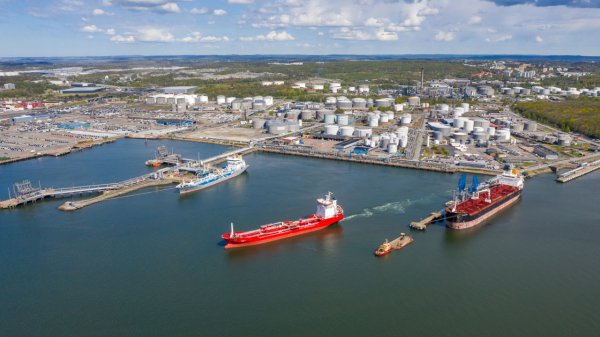
|
Swedish biomethane bunkered in Gothenburg
Test delivery performed by St1 and St1 Biokraft, who aim to become large-scale suppliers. |
|
|
|
||
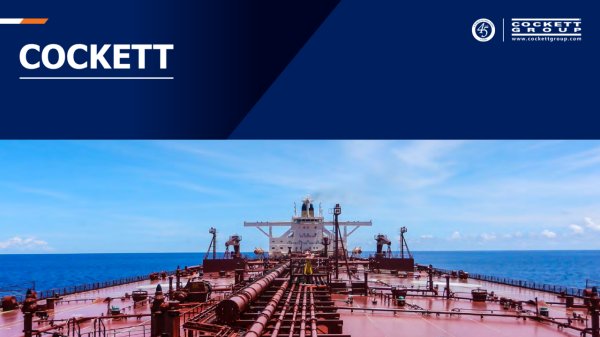
|
Cockett to be closed down after 45 years
End of an era as shareholders make decision based on 'non-core nature' of Cockett's business. |
|
|
|
||
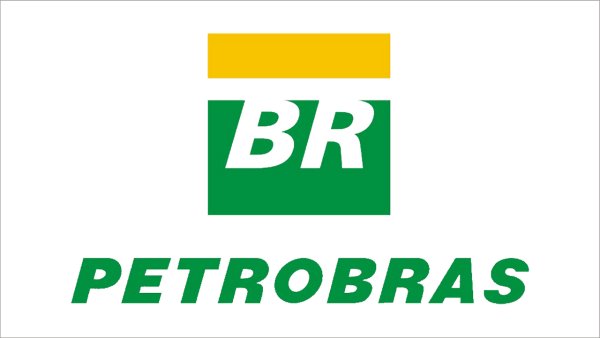
|
Petrobras confirms prompt availability of VLS B24 at Rio Grande
Lead time for barge deliveries currently five days. |
|
|
|
||
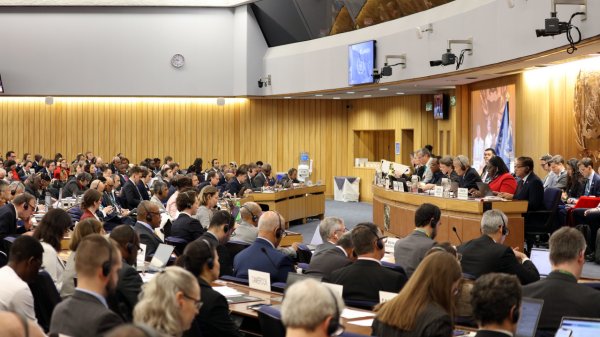
|
IMO approves pricing mechanism based on GHG intensity thresholds
Charges to be levied on ships that do not meet yearly GHG fuel intensity reduction targets. |
|
|
|
||
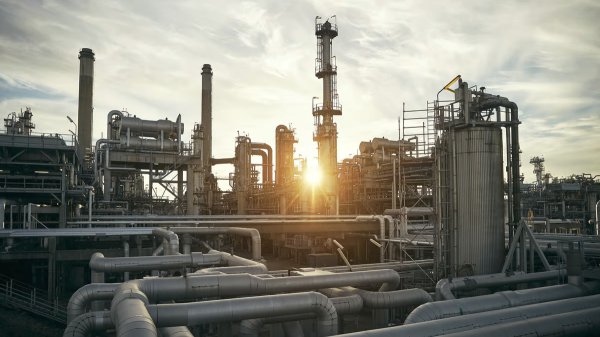
|
VARO Energy expands renewable portfolio with Preem acquisition
All-cash transaction expected to complete in the latter half of 2025. |
|
|
|
||
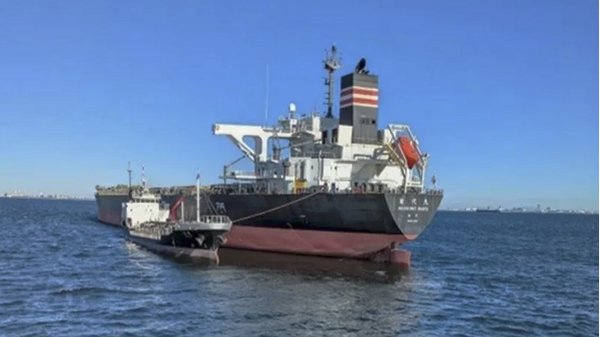
|
NYK trials biofuel in milestone coal carrier test
Vessel is used to test biofuel for domestic utility company. |
|
|
|
||
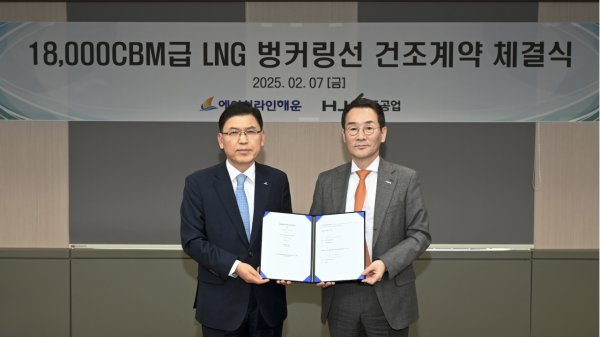
|
H-Line Shipping orders LNG bunkering vessel
Vessel with 18,000-cbm capacity to run on both LNG and MDO. |
|
|
|
||

|
How to engineer and manage green shipping fuels | Stanley George, VPS
Effective management strategies and insights for evolving fuel use. |
|
|
|
||
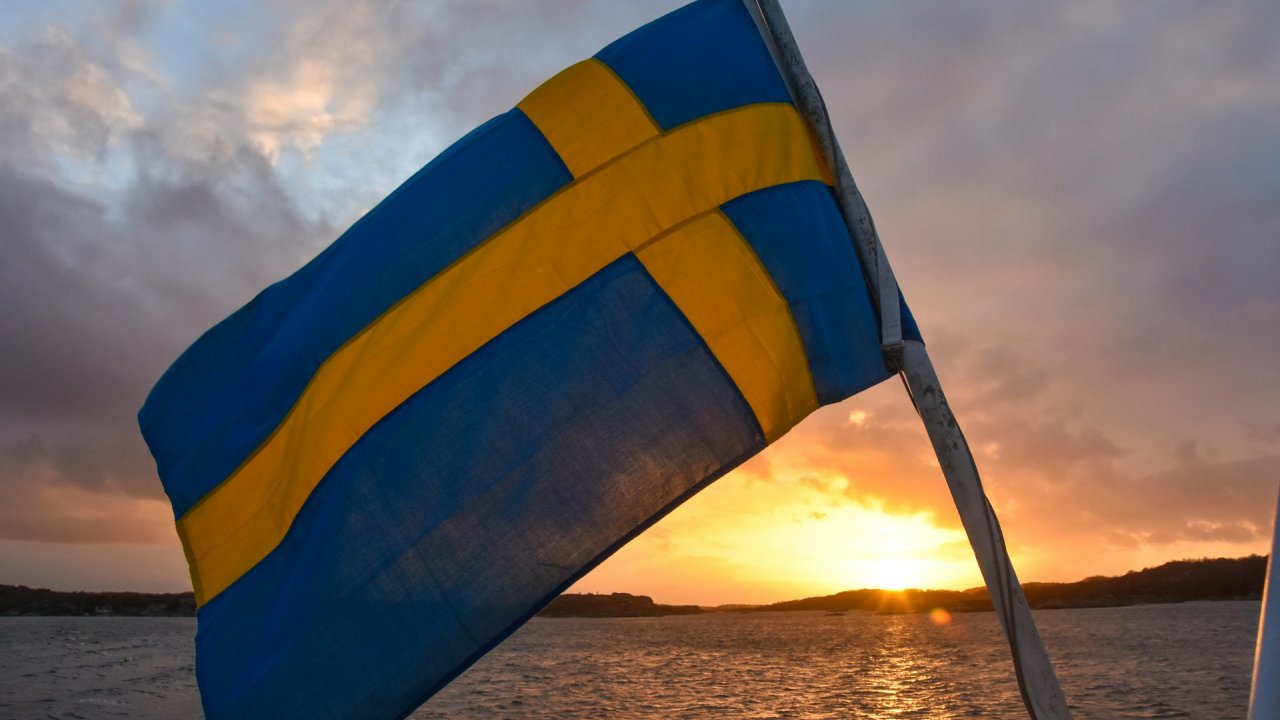
|
Swedish government bans scrubber wastewater discharges
Discharges from open-loop scrubbers to be prohibited in Swedish waters from July 2025. |
|
|
|
||
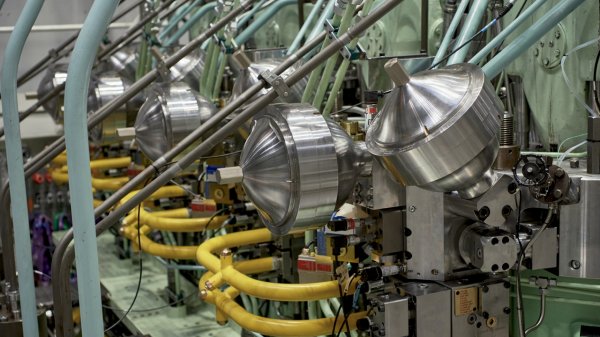
|
MAN Energy Solutions achieves 100% load milestone for ammonia engine
Latest tests validate fuel injection system throughout the entire load curve. |
|
|
|
||
Related Links
- · Joint project to develop fuel-saving VLOC [Insights]
- · Investigation into fuel consumption values [Insights]
- · World’s first Tier-III-compliant, two-stroke engine unveiled [Insights]
- · Germany [Directory]
- · Sweden [Directory]

